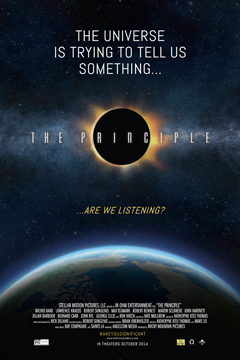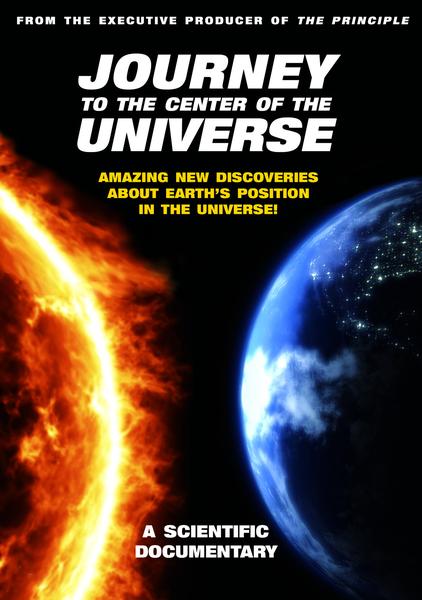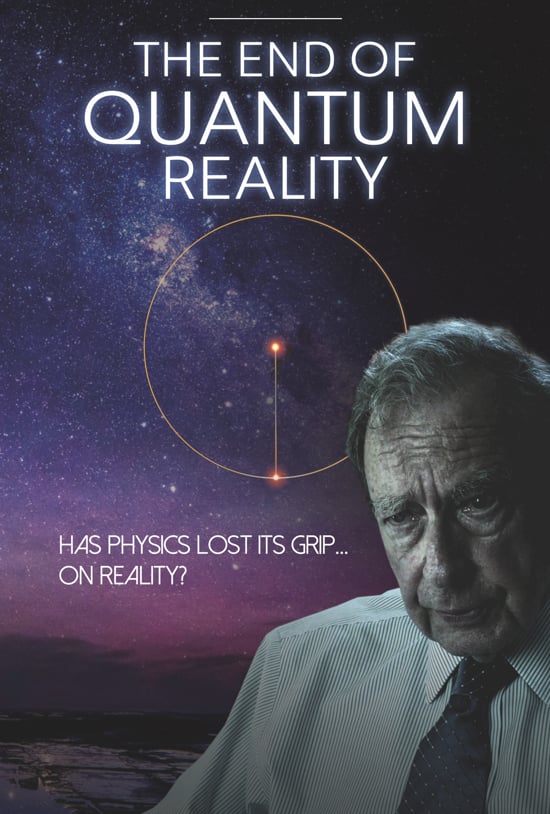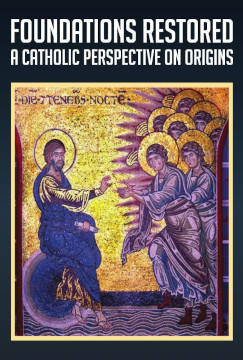- Welcome to St. Isidore forum.
International Open Seminar on Semiotics: Tribute to John Deely, 5th an. of his ☠
Started by Geremia, March 21, 2022, 11:14:10 AM
Previous topic - Next topic0 Members and 1 Guest are viewing this topic.
User actions






